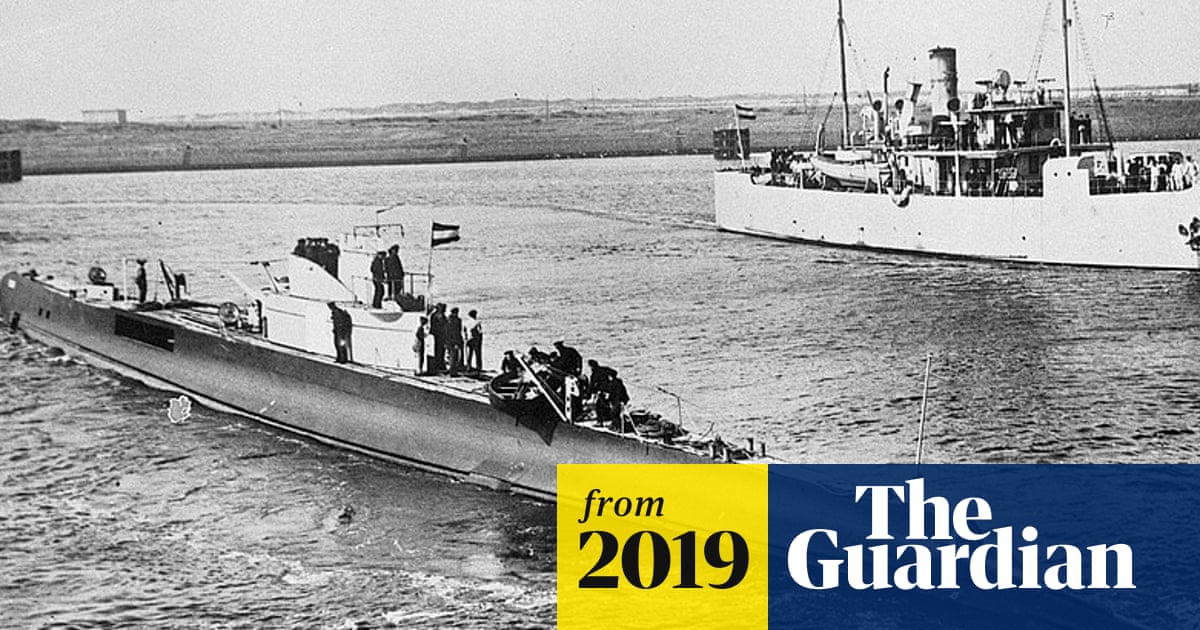Salvagers have removed HNLMS K XVII and HNLMS O 16 – and remains of 79 crew
Researchers discovered just a few remains of HNLMS O 16 and a mere outline in the seabed of the hull of HNLMS K XVII after investigating a possible disturbance.
The world's biggest grave robbery: Asia’s disappearing WWII shipwrecks
Read more
Both submarines were sunk by Japanese mines in the South China Sea in December 1941 at a cost of all but one of their crews.
The discovery highlights the continued difficulty of protecting war wrecks, which are supposed to be protected under international treaties from being disturbed.
Jet Bussemaker, the granddaughter of Anton Bussemaker, who commanded and died on the O 16 at the age of 41, said the news had been shocking to the relatives of those whose lives were lost on the submarines.
Bussemaker, a former minister responsible for veterans, added it should not come as a surprise given the intense activities of salvagers in the seas around Indonesia and Malaysia.
Last August, the then British defence secretary, Gavin Williamson, condemned the damage done by looters to Royal Navy battleships sunk in those seas.
Bussemaker said: “It is a very sad message. It is shocking to all the relatives, but at the same time it does not surprise me at all.
“As a minister, I had to report to the chamber that three other warships had disappeared from Indonesian waters. There were already indications at that time that the O 16 had been tampered with.”
Bussemaker added it was a frustration that “where we have found graves, often after the great efforts of those involved, we are unable to save these places as war graves”.
“I am now also just a surviving relative,” she told De Telegraaf. “This is very bad. It gives no rest this way. That boat was the grave.”
The wrecks are regarded as treasure troves by salvagers. Even poor quality steel can bring in about £1m ($1.3m) a ship, according to estimates cited by the Guardian in a special report in 2017. Other metals valued from the wrecks include copper cables and phosphor bronze propellers.
In March this year, the Dutch foreign minister, Stef Blok, signed agreements in Kuala Lumpur committing to better protection of submarine wrecks in Malaysian waters. A declaration of intent was signed between the two countries last month.
Reports have emerged in recent years of the remains of sailors who died on British and Dutch warships in the Java Sea being dumped in an anonymous mass grave by people rifling through wrecks that had been brought on land. It was claimed that those employed to cut up the ships on Indonesian soil had found skulls, jawbones, feet and hand bones, hips and ribs during their work.

Comment